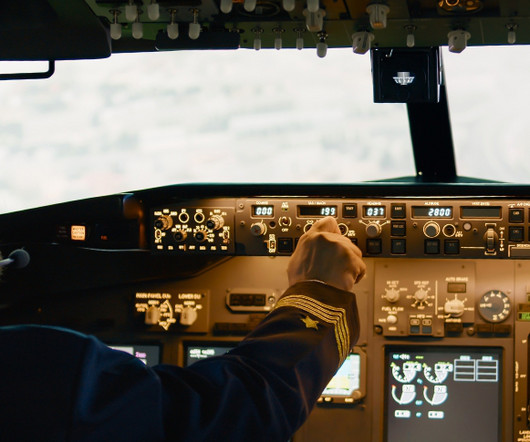What Is the Average Flying Altitude of a Commercial Plane?
Pilot's Life Blog
JANUARY 12, 2025
However, flying a small plane often means operating at much lower altitudes, usually between 5,000 and 10,000 feet, depending on weather conditions, terrain, and air traffic. Flying a small plane at lower altitudes allows pilots to navigate visually and avoid the complexities of high-altitude air traffic control.












Let's personalize your content